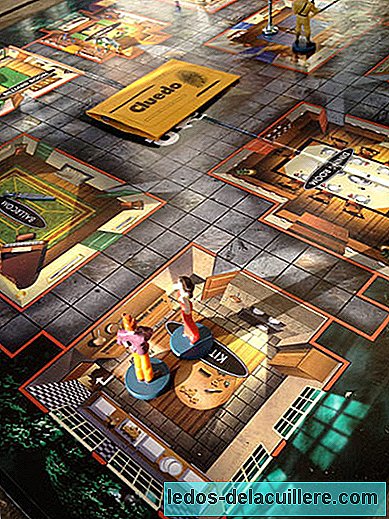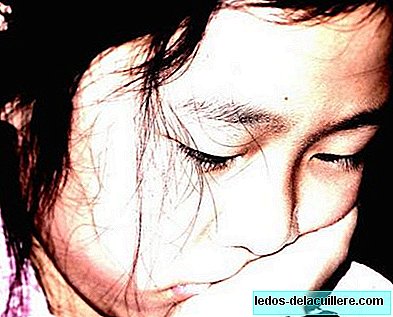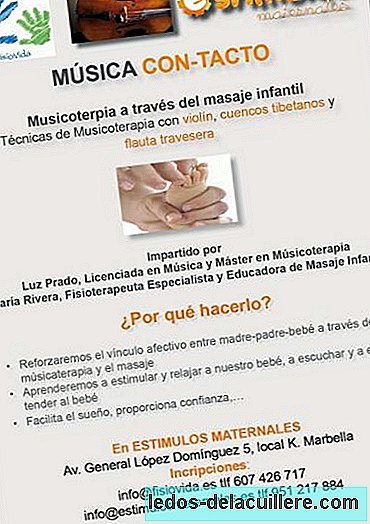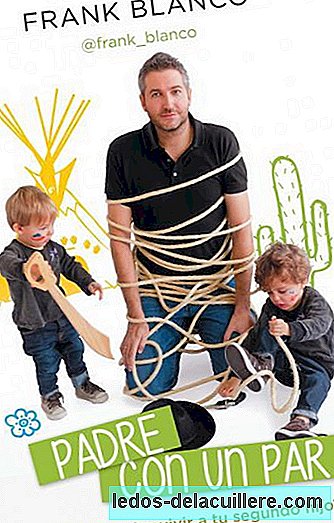
Today, World Rare Disease Day is celebrated, a date to become aware of the reality that affects people with any of these pathologies. They are more than three million affected in Spain for one of the seven thousand rare diseases (recorded so far. 75 percent of patients are children.
In Europe, a disease that affects less than one in two thousand people is considered rare. The involvement of all, as well as the dissemination and research on these pathologies are key to improving the quality of life of those affected.
Important facts about rare diseases
- They affect more than three million people in Spain, and about 20 million in the European Union.
- Two out of three Rare diseases appear before two years
- It takes an average of five years to receive a diagnosis.
- 40 percent of patients do not have treatment or if they have it, it is not adequate.
- 85 of the rare diseases are Chronicles
- 65 percent of rare diseases are serious and disabling
- Almost 50 percent of rare diseases affect the vital prognosis of the patient.
- Rare diseases are responsible for 35 percent of deaths before the year of life, 10 percent between 1 and 5 years and 12 percent between 5 and 15 years.
- According to the Spanish Society of Neurology (SEN), 40 percent of rare diseases affect the nervous system
- Between 6 and 8 percent of the population will suffer such a pathology throughout their life.
- Some of the most common rare diseases in children are: Gilles de la Tourette syndrome, Moebius syndrome, Duchenne muscular dystrophy, Prader Willi syndrome, Guillain-Barré syndrome, fragile X syndrome, Cystic fibrosis, Rett syndrome ...
One goal: reduce the diagnosis to one year
Most rare diseases show the face in the first years of life. 80 percent are of genetic origin and half of them appear during pediatric age.
But the most frustrating is the time that elapses since the first symptoms appear until a diagnosis is found. On average, it takes about five years in obtaining it with the evident wear that this generates in the patient and in his family, in addition to the time that is wasted in beginning with a treatment, if there is one.
Reduce this time to one year It is one of the main objectives of the new campaign 'Let's build TODAY for TOMORROW', presented by the Spanish Federation of Rare Diseases (FEDER), as well as approve a thousand new therapies for rare diseases and develop methodologies that allow to assess the impact of its approach.
The rare is the disease, not the child
The diagnosis of a rare disease falls like a bucket of cold water to families, often generating feeling of anguish, loneliness and isolation.
Especially when we talk about children and young people, inclusion is essential for their quality of life. Sometimes the environment is not adapted to their needs and they are outside the educational system, isolating them even more.
They are children who need emotional support and empathy from the rest of society, as well as from the school environment and institutions. As parents we can contribute by educating our children so they understand that "We are all rare, we are all unique", and thus achieve greater integration of children with some rare disease.
This year's official video presents patients and relatives, researchers and doctors who show their oddities: Enzo, 5, who lives with congenital myasthenic syndrome; Yara, a researcher of rare diseases; Annie, who lives with hereditary optic neuropathy of leber; Alexandre, who lives with progressive ossifying fibrodysplasia, and his father Antoine; Zoé, who lives with congenital myasthenic syndrome; Sylvain, an expert doctor in the diagnosis of rare diseases; and Mirina, who lives with Ehler-Danlos.
In Babies and more | Let's talk about them: eleven questions about rare diseases, "We are all rare, we are all unique", World Day of rare diseases












